LESSON OVERVIEW
The main objectives of this ESL lesson on numbers are to:
- learn numbers and units of time;
- practise talking about possession using ‘have got’;
- watch a video about the possessions of a family.
This ESL lesson on numbers enables students to learn units of time (e.g. minute, day, week, etc.) and discuss numbers 1-99. Students discuss the calendar year and the typical length of various events (e.g. a holiday, a school year). They watch a video about a family that owns 55 Stanley cups and talk about the things they have or don’t have using the ‘have got’ structure (e.g. I’ve got seven pencils). Students ask each other questions to practise target vocabulary and grammar.
WARM-UP AND NUMBERS
This ESL lesson on numbers starts with a warm-up. Students look at pictures of calendars and clocks and read some labels (e.g. month, minute). Then, they look at pairs of words and choose which is longer (e.g year, day). Next, they read sentences in boxes which contain bolded words (e.g. four, seven). They have to use the words to complete a list of numbers. They also practise reading all the numbers. After that, students write the words for the numbers (e.g. 16 – sixteen). Following that, students read a list of events and say how long they usually are (e.g. a football match, an English lesson). Before watching the video, students are introduced to the target grammar. They read sentences and match them with pictures of people (e.g. I’ve got five children). After that, they read similar sentences but complete them with one word each. Then, students read questions and answer them using ‘I’ve got’ and a number (e.g. How many bags have you got?). They also have to create one more question using the target structure.
VIDEO AND DISCUSSION
In this part of the ESL lesson on numbers, students watch a video about what a family have got. They guess beforehand, and check the video to find out (55 Stanley cups!). Then, they watch the video again and tick the numbers they hear. Afterwards, they answer the question ‘How many Stanley cups have you got?’ to discover the negative form of ‘have got’. Then, students look at a list of objects and numbers and tick three things they haven’t got (e.g 12 brothers). After that, they use the target structure to say it out loud. Next, they read a list of questions and choose the answers that are true for them (e.g. Have you got a dress? – Yes I have/No, I haven’t). This ESL Lesson on numbers finishes with a fun exercise. Students take turns asking their partner questions about what they have in order to elicit the answer ‘No, I haven’t.’ (e.g. Have you got forty-five cars?) The partner has to respond by saying how many of these things they actually have got (e.g. I have one car).
WORKSHEETS
Subscribe to unlock these and many other Standalone lesson with the Premium plan
Subscribe
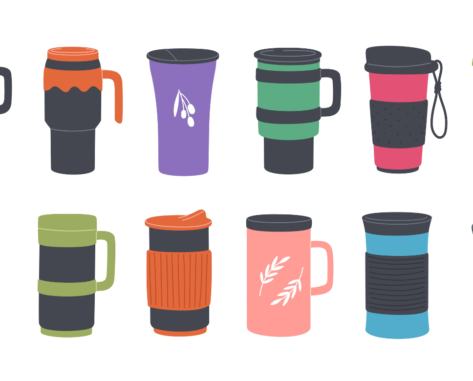
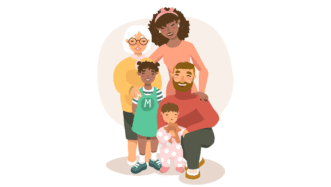
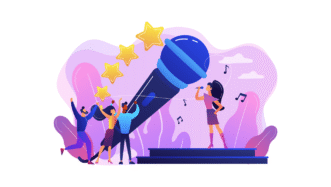
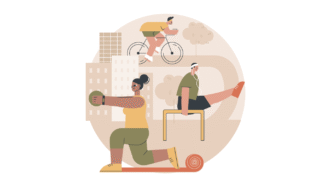


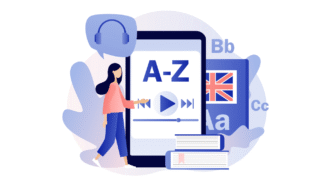
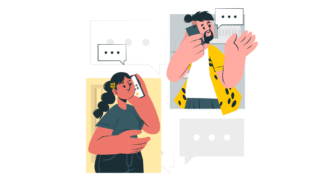
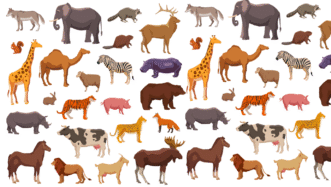
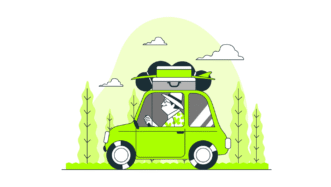

Maybe an unpopular request but I would love an American English version of this lesson. “Have you got…?” / “No, I haven’t.” is very British and could cause some confusion for A1 students who are in an American English course.
Not a complaint, just an idea…thank you!
Thanks for the idea! We’ll keep it in mind 🙂
Good idea! I always explain to my students the difference but it would be nice to have a second option like this.
Oh no, looks like the video has been removed 🙁
Hi! We’ve just checked the video and it works fine. Please, check again as there might have been a temporary glitch.
Thank you for your Lessons they are great.
Just a suggestion, Could you check why it is not possible to download and make some adjustments to the presentation? For example, I would like to add the American version of using have but it doesn’t allow me. The presentation says view only.
Thank you for your comment! You can get your editable copy of an e-lesson plan and make changes to it (as long as you keep the original shape, template and our logo). To do so either make a (1) copy of it on your Google Drive (preferable method) or (2) download it in Powerpoint format (but formatting might be a bit off).
How to do that:
1. Click File > Make a copy > Entire presentation
2. Click File > Download > Microsoft Powerpoint
I’d love an American English version of this lesson… “have you got” is very British.
We appreciate your comment! However, we tend to stick to British English in our lessons. Thank you for understanding 🙂